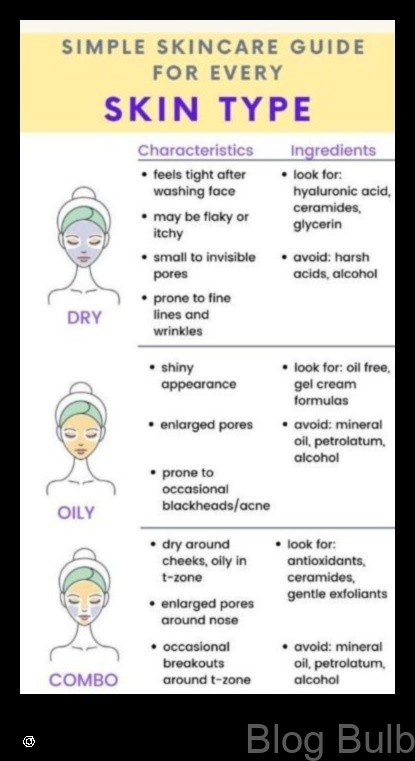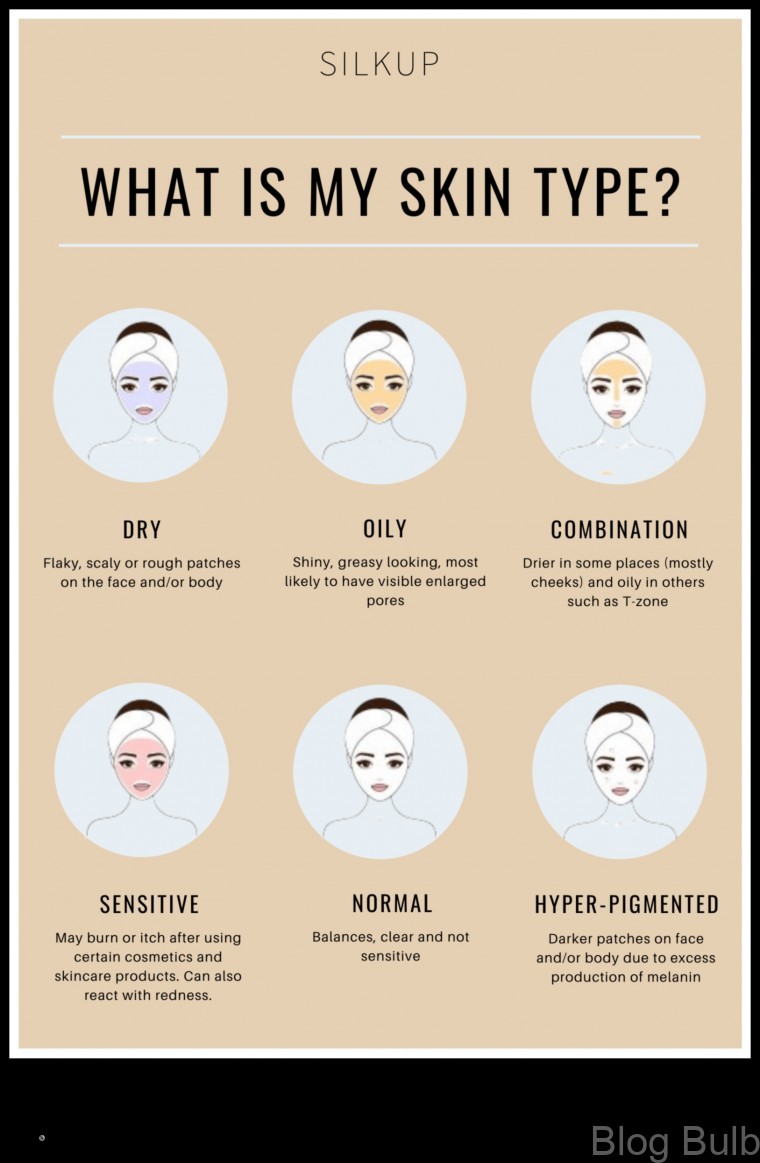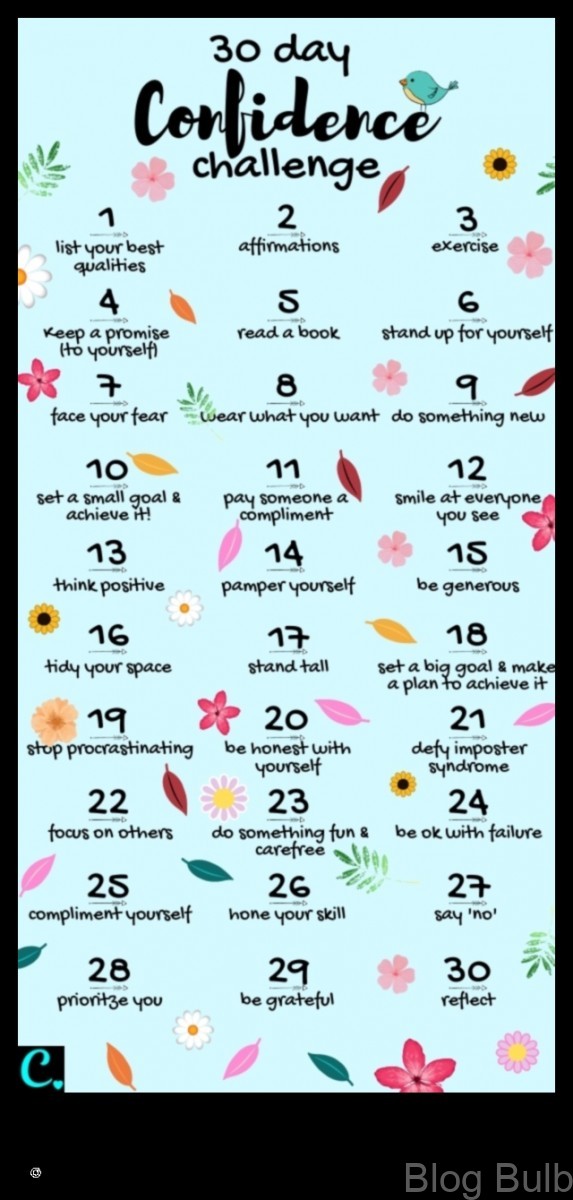
I. Introduction
II. The Basics of Skincare
III. Different Skin Types
IV. Common Skin Concerns
V. How to Cleanse Your Skin
VI. How to Moisturize Your Skin
VII. How to Exfoliate Your Skin
VIII. How to Protect Your Skin from the Sun
IX. How to Treat Acne
X. FAQ
| Feature | Description |
|---|---|
| Skincare | The practice of taking care of your skin to improve its appearance and health. |
| Beauty | The quality of being beautiful or attractive. |
| Skin care | The process of taking care of your skin to improve its appearance and health. |
| Facial care | The process of taking care of the skin on your face to improve its appearance and health. |
| Skin regimen | A set of skincare products and practices that are used to improve the appearance and health of your skin. |

Table of Contents
II. The Basics of Skincare
The basics of skincare are simple: cleanse, moisturize, and protect. By following these three steps, you can help to keep your skin healthy and looking its best.
Here is a more detailed explanation of each step:
- Cleanse your skin twice a day, morning and night. This will remove dirt, oil, and makeup from your skin, leaving it feeling clean and refreshed.
- Moisturize your skin after cleansing. This will help to keep your skin hydrated and prevent it from drying out.
- Protect your skin from the sun by wearing sunscreen every day, even on cloudy days. Sunscreen will help to prevent sun damage, which can lead to wrinkles, age spots, and skin cancer.
If you have any specific skin concerns, such as acne or dry skin, you may need to use additional products to help treat your condition. Talk to your dermatologist or a skincare specialist for more advice.
III. Different Skin Types
There are five different skin types: oily, dry, combination, normal, and sensitive. Each skin type has its own unique needs and requires different care.
Oily skin is characterized by an excess of sebum, which can lead to breakouts and clogged pores. Dry skin is lacking in sebum and can be flaky and itchy. Combination skin has both oily and dry areas. Normal skin is neither oily nor dry and has a smooth, even texture. Sensitive skin is easily irritated by harsh products and environmental factors.
It is important to know your skin type so that you can choose the right skincare products and treatments. If you are not sure what your skin type is, you can consult with a dermatologist.
IV. Common Skin Concerns
There are a number of common skin concerns that people experience. These include:
- Acne
- Dry skin
- Oily skin
- Rosacea
- Eczema
- Psoriasis
Each of these skin concerns has its own unique set of symptoms and treatments. It is important to see a dermatologist if you are experiencing any skin concerns that are causing you discomfort or embarrassment.
How to Cleanse Your Skin
Cleansing your skin is an important part of any skincare routine. It helps to remove dirt, oil, and makeup from the surface of your skin, which can help to prevent breakouts and keep your skin looking healthy.
There are a variety of different ways to cleanse your skin, but the most important thing is to find a cleanser that is gentle and doesn’t irritate your skin. Some people prefer to use a gentle soap, while others prefer to use a micellar water or a cleansing balm.
When cleansing your skin, it is important to use a gentle touch and avoid rubbing your skin too hard. You should also rinse your skin thoroughly with lukewarm water to remove all of the cleanser.
Here are some tips for cleansing your skin:
- Use a gentle cleanser that is appropriate for your skin type.
- Rinse your skin thoroughly with lukewarm water.
- Avoid rubbing your skin too hard.
- Moisturize your skin after cleansing to help restore its natural moisture balance.
By following these tips, you can help to keep your skin clean and healthy.
VI. How to Moisturize Your Skin
Moisturizing your skin is essential for keeping it healthy and looking its best. When your skin is dry, it can become flaky, itchy, and irritated. It can also be more prone to wrinkles and other signs of aging.
Moisturizers work by locking in moisture and preventing water loss from the skin. They can also help to protect the skin from damage caused by the sun, wind, and pollution.
There are many different types of moisturizers available, so it is important to find one that is right for your skin type. If you have oily skin, you will want to choose a lightweight moisturizer that will not clog your pores. If you have dry skin, you will want to choose a moisturizer that is rich and creamy.
You should apply moisturizer to your skin twice a day, morning and night. It is also a good idea to apply moisturizer after you take a shower or bath, as your skin is more hydrated at this time.
Moisturizing your skin is an important part of your skincare routine. By following these tips, you can keep your skin healthy and looking its best.
VII. How to Exfoliate Your Skin
Exfoliation is the process of removing dead skin cells from the surface of your skin. This can help to improve the appearance of your skin by revealing brighter, smoother skin. It can also help to reduce the appearance of fine lines and wrinkles, and to improve the absorption of skincare products.
There are a number of different ways to exfoliate your skin, including:
- Physical exfoliation: This involves using a physical exfoliant, such as a scrub, to remove dead skin cells.
- Chemical exfoliation: This involves using a chemical exfoliant, such as an AHA or BHA, to dissolve dead skin cells.
- Enzyme exfoliation: This involves using an enzyme exfoliant, such as a papaya enzyme, to break down dead skin cells.
When choosing an exfoliant, it is important to choose one that is appropriate for your skin type. If you have sensitive skin, you should choose a gentle exfoliant that is less likely to irritate your skin.
Exfoliation should be done on a regular basis, but not too often. Exfoliating too often can damage your skin and make it more vulnerable to infection.
Here are some tips for exfoliating your skin:
- Start by cleansing your skin with a gentle cleanser.
- Apply the exfoliant to your skin in circular motions.
- Gently massage the exfoliant into your skin for a few minutes.
- Rinse the exfoliant off with warm water.
- Moisturize your skin with a moisturizer.
Exfoliating your skin can help to improve the appearance of your skin and reduce the appearance of fine lines and wrinkles. By following these tips, you can exfoliate your skin safely and effectively.
How to Protect Your Skin from the Sun
The sun’s UV rays can damage your skin, leading to premature aging, wrinkles, dark spots, and skin cancer. It’s important to protect your skin from the sun by wearing sunscreen, wearing protective clothing, and limiting your sun exposure.
Sunscreen is the most important way to protect your skin from the sun. Choose a sunscreen with an SPF of 30 or higher and reapply it every two hours, or more often if you’re sweating or swimming.
Wear protective clothing when you’re spending time outdoors, such as a wide-brimmed hat, sunglasses, and long-sleeved shirts.
Limit your sun exposure during the peak hours of the day, which are between 10am and 4pm.
If you’re going to be spending a lot of time in the sun, you can also take other steps to protect your skin, such as using a sun-protective lip balm and eating a healthy diet that includes plenty of fruits and vegetables.
IX. How to Treat Acne
Acne is a common skin condition that affects people of all ages. It is characterized by the formation of pimples, blackheads, and whiteheads on the skin. Acne can occur on any part of the body, but it most commonly occurs on the face, back, and chest.
There are many different factors that can contribute to the development of acne, including hormones, genetics, diet, and stress. Acne can be treated with a variety of different methods, including topical creams, oral medications, and laser treatments.
The following are some tips for treating acne:
- Wash your face twice a day with a gentle cleanser.
- Avoid using harsh soaps or scrubs.
- Moisturize your skin regularly.
- Don’t pick or squeeze your pimples.
- Eat a healthy diet.
- Get enough sleep.
- Manage stress.
If you have severe acne, you should see a dermatologist. A dermatologist can prescribe medication to help clear your acne and prevent future breakouts.
X. FAQ
Q: What is the best way to cleanse my skin?
A: The best way to cleanse your skin depends on your skin type. For oily skin, a gentle cleanser that removes excess oil without stripping the skin is best. For dry skin, a creamy cleanser that moisturizes the skin while cleansing is best. For sensitive skin, a fragrance-free cleanser that is gentle on the skin is best.
Q: What is the best way to moisturize my skin?
A: The best way to moisturize your skin depends on your skin type. For oily skin, a lightweight moisturizer that won’t clog pores is best. For dry skin, a rich moisturizer that will help to lock in moisture is best. For sensitive skin, a fragrance-free moisturizer that is gentle on the skin is best.
Q: What is the best way to exfoliate my skin?
A: Exfoliating your skin helps to remove dead skin cells and promote cell turnover. This can help to improve the appearance of your skin and reduce the appearance of fine lines and wrinkles. For oily skin, a gentle exfoliator that won’t irritate the skin is best. For dry skin, a gentle exfoliator that won’t dry out the skin is best. For sensitive skin, a chemical exfoliant that is gentle on the skin is best.
Maybe You Like Them Too
- How to Detangle Curly Hair Without Damaging It
- Sole Mates A Guide to Finding the Perfect Shoes for Every Outfit
- Beauty Beyond Borders When Fashion and Makeup Collide
- 50 Chic Wedding Hairstyles for the Modern Bridesmaid
- The Best Shampoos for Hair Extensions A Guide to Keeping Your Extensions Healthy



